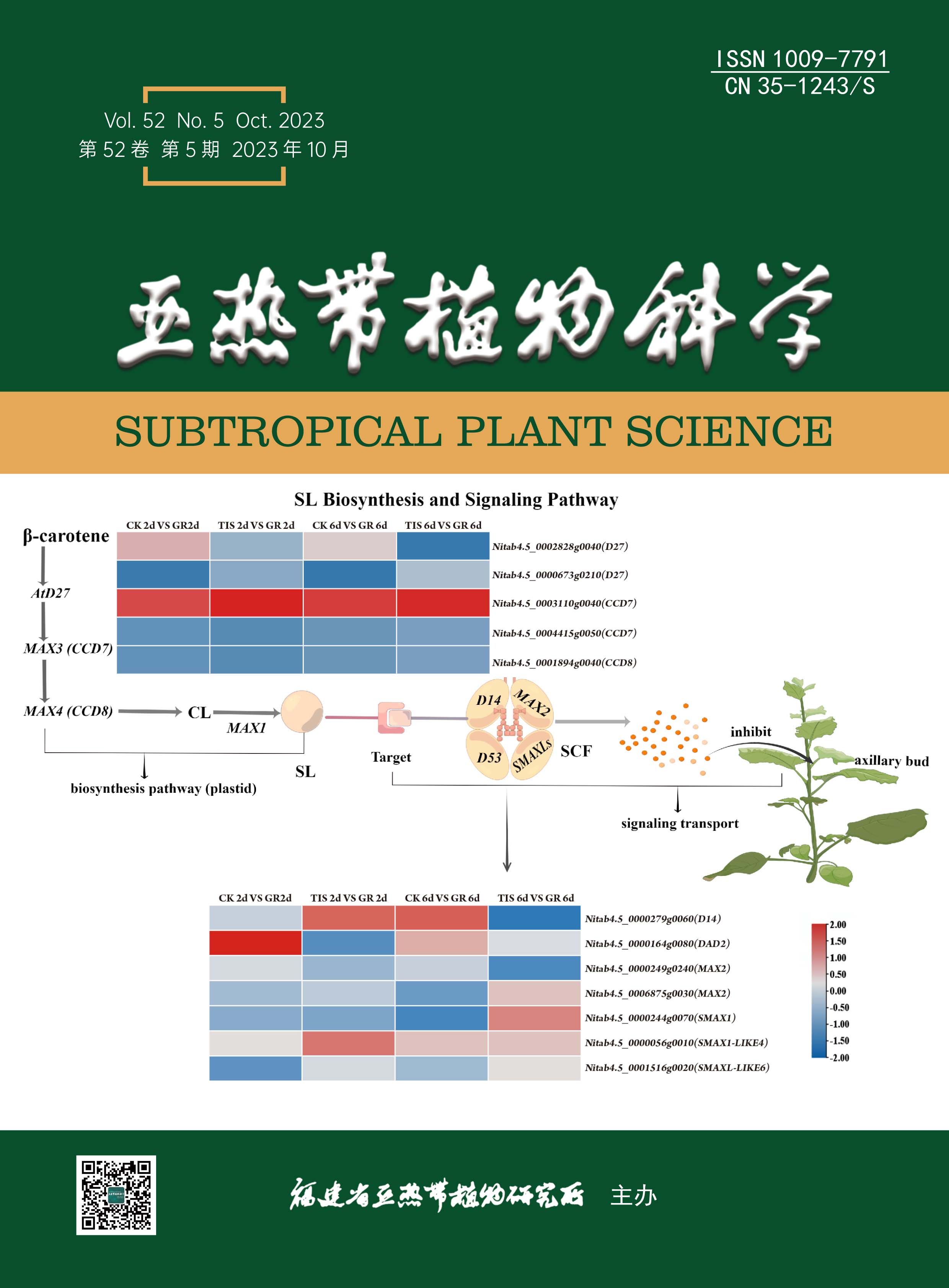|
|
Chemical Constituents and Antibacterial and Anti-inflammatory Activities of Ethanol Extracts from Cinnamomum burmanni Leaves
SU Xin-ke, YAO Min, YANG Lei, WU Peng, JIN Jing-wei, XIONG Ping, HUANG Jun-ming, LI Dong-li
2023, 52(5):
381-390.
DOI: 10.3969/j.issn.1009-7791.2023.05.002
Modern separation techniques such as D101 macroporous resin, MCI macroporous resin, positive and negative silica gel, gel column chromatography and semi-preparative high performance liquid chromatography were used to separate, purify and identify the chemical components in 95% ethanol extracts of Cinnamomum burmanni leaves from Meizhou, Guangdong Province. At the same time, the antibacterial activities of the compounds were determined by microplate method, and their anti-inflammatory activities were determined by LPS-induced BV2 cells. The results showed that 25 compounds were isolated and identified from the 95% ethanol extracts of C. burmanni leaves, including flavonoids (1–3), lignans (4–6), simple phenylpropanoids (7–16), coumarins (18), benzoquinones (20–21), sesquiterpenes (22–24) and indole alkaloids (25). Except for compounds 1, 2, 5 and 18, all of them were isolated from C. burmanni for the first time. The results of antibacterial experiments showed that compounds 20 and 21 showed good antibacterial activity against Staphylococcus aureus, with MIC of 32 μmol·L–1, while MBC of compound 20 was 64 μmol·L–1, and MBC of compound 21 was 32 μmol·L–1. The results of antibacterial kinetics also showed that compound 21 had better antibacterial activity than compound 20. The results of anti-inflammatory experiments showed that compounds 5, 6 and 7 could inhibit the production of NO in BV2 cells induced by LPS, and showed good anti-inflammatory activity, the IC50 values were 7.85 μmol·L–1, 24.97 μmol·L–1 and 7.49 μmol·L–1, respectively.
References |
Related Articles |
Metrics
|
